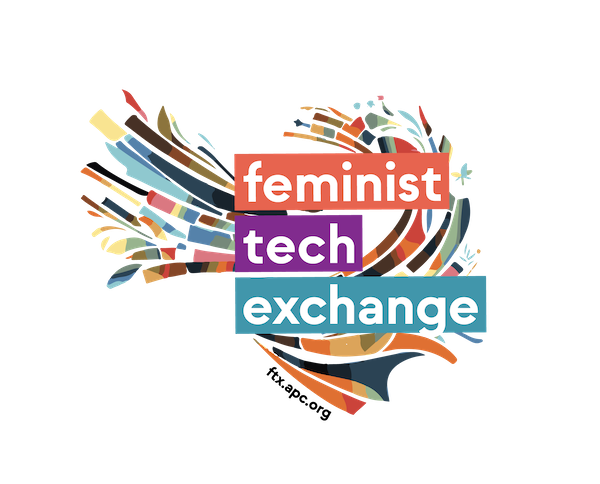Introduction
Superhumans: hvale vale, Jennifer Radloff, Zana Fauzi, Liy Yusof
This module sprouted from a digital storytelling workshop for EroticsSA partners and APC staff held online in August 2020. The shift from an in-person meeting to an online workshop in response to the COVID-19 pandemic resulted in an experimental exploration of creative and feminist space-making that is grounded in collective care. A few months later in October, APC held their 2020 global member convening, Closer Than Ever, where themes of care, safety, and change emerged again. Some seeds from that event are in this document too. The facilitation team of both events saw an opportunity to create a section to share learnings and reflections as building blocks for future storytelling workshop space-making.
“There have been great societies that did not use the wheel, but there have been no societies that did not tell stories.” — Ursula K. Le Guin
Why do we tell stories?
Stories have long been one of the most powerful methods to connect people and communities. When we tell stories, we express our truth, our version of our experiences. With stories, we long to be heard, not to be judged. Our stories are the connections we have to our past and our memory. In telling our stories, we embody a part of ourselves, our gift to the people listening. In telling our stories, we recognise we are not alone in our experiences, as anyone could relate to the stories we tell. In telling our stories, we heal.
We also tell stories to advocate. Stories spark action and movement in others, whether internally or externally. Stories have the power to relate personally to people more than headlines in the news or a factual article. This is why the role of storytellers is more important than ever. As we communicate our hopes, our realities, our lessons, and our radical imaginations into the world, we have the capacity to inspire the change we need.
When we conduct storytelling workshops online, it is safe to assume that not all experiences, facilitations, and methodologies offline would easily translate online. At the same time, we can no longer assume that everyone has equal access to the tools we have, or respond the same way online as they would offline. We must consider these nuances and face them to create an inclusive and caring space.
Getting storytellers to tell stories remotely would mean we need to contend with two layers: content and data. With content, how do we represent ourselves and our communities in the way that will not sideline our and their experiences? With data, how do we get our stories out into our audience in a way that we know will not inexplicably cause harm to themselves and their identities? How do we, as trainers, inform these practices and safety decisions?
How to use this document
This module hopes to serve as an opportunity to rethink the ways we conduct storytelling workshops in a remote setting environment. It aims to embed digital safety at all levels of the storytelling process and can be used to support existing work in other themes. It is written for facilitators and trainers as a starting point of considerations for the process of making safer and caring spaces for remote storytelling workshops in any context. It has more questions than answers.
This is not an exhaustive document. We welcome every feedback and insight that will help us build an evolving storytelling manual built on the feminist principles of participation and technology, with the practical elements of care and safety made central in every step of the way.
As you read through, it may be helpful to unpack the following questions:
- Can this help us design our storytelling workshop remotely?
- How can we embed care and safety in every step of the process?
- How could this consideration look like for us? What would we need to rethink in our context to incorporate elements of care in a practical way?

No Comments